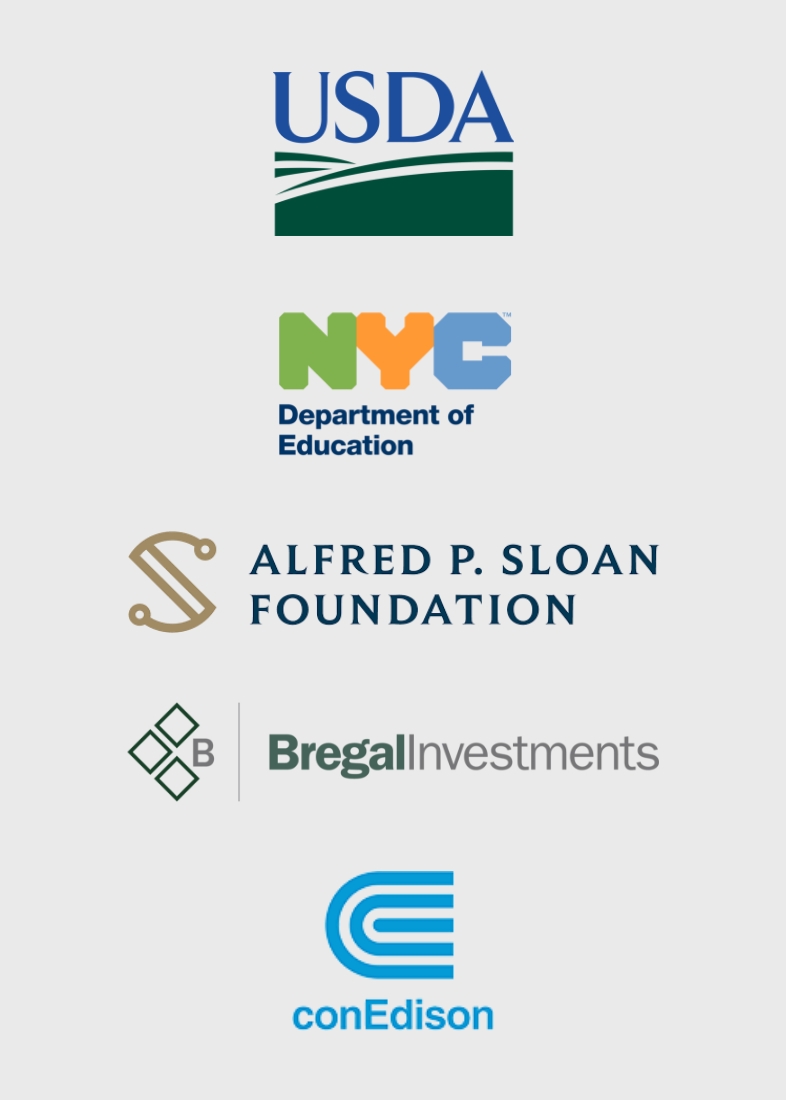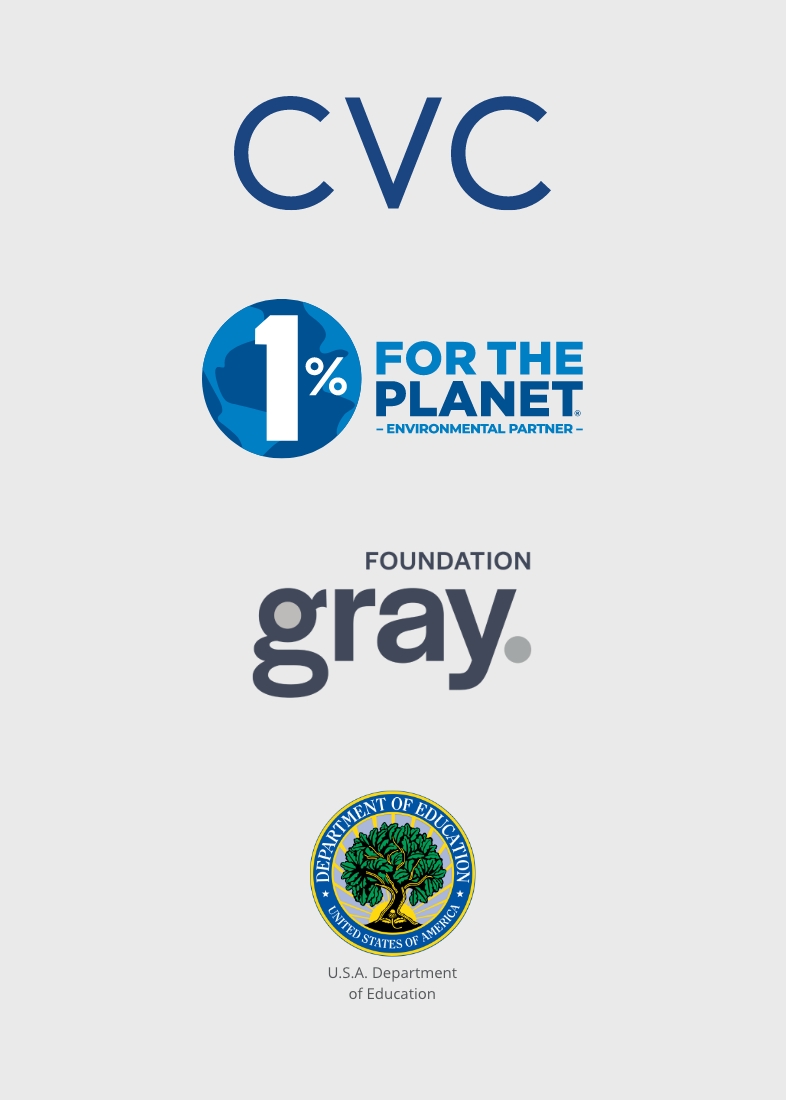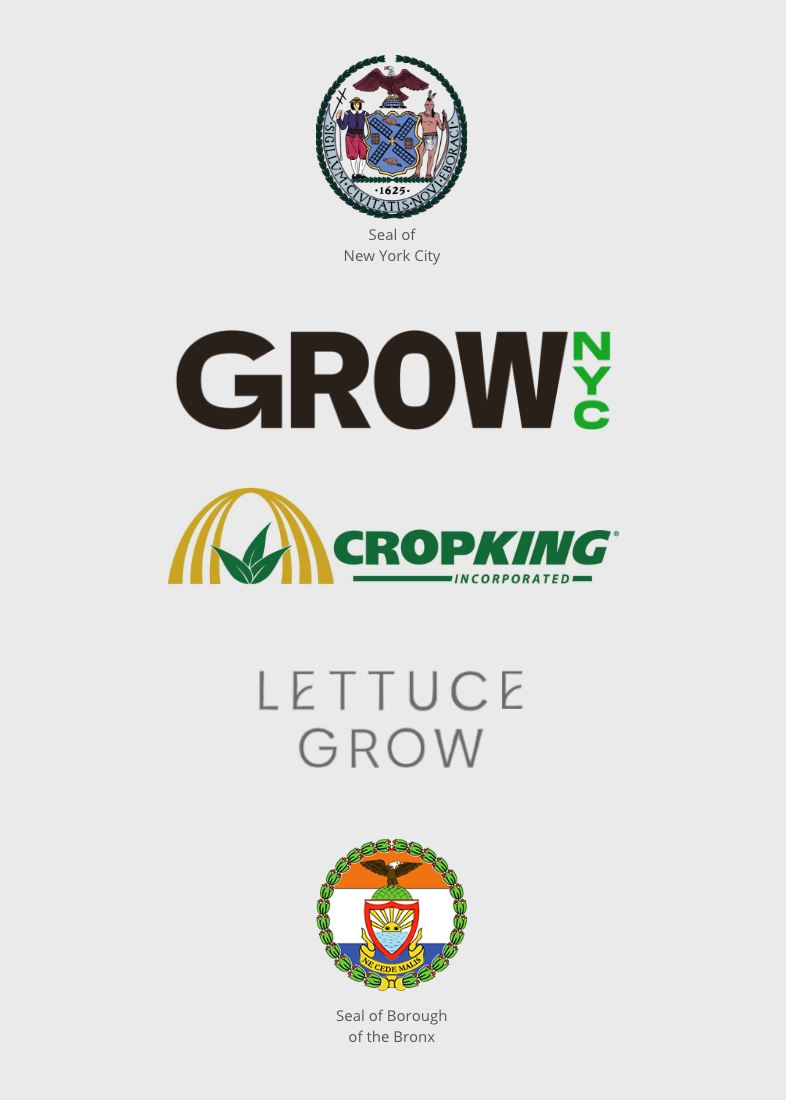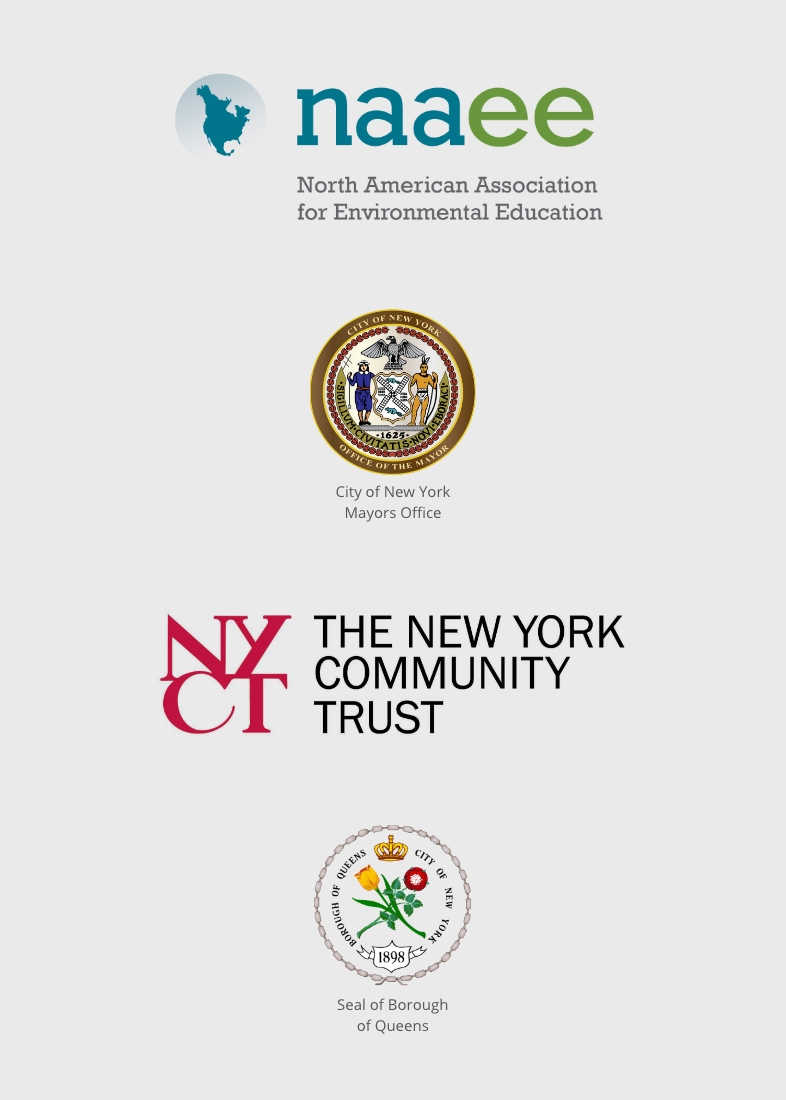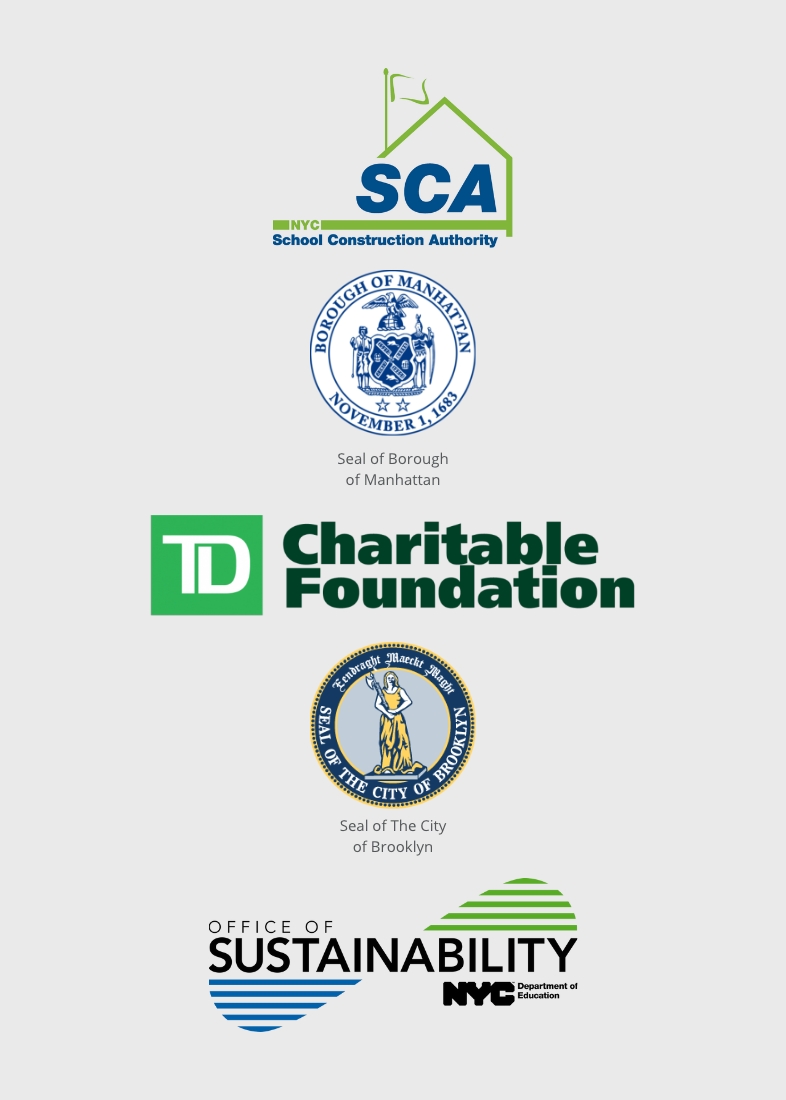Nature’s Elixir by Syeda Senah
Nature is the intricate dance of Earth and Water, a timeless ballet where the solid embrace of land
meets the fluid caress of rivers, lakes, and oceans. It is the canvas upon which life paints its
vibrant tapestry. In this wondrous tapestry, Earth provides the stage, while Water choreographs
the ever-changing movements and nurtures life with its gentle touch. Together, earth and water
compose the symphony of existence.
Mother Nature embraces and nurtures all lives through its generosity. Soil, from which life
emerges, offering its nourishing embrace to every seed and root while providing us with food.
And then there is water, the lifeblood of the planet, which satiates the thirst of all living beings.
Together, soil and water build the foundation of the eco-system for all life to reside in. The
problem lies with how we are receiving this generosity. “The industrial revolution during the
time there was a lot of contaminants basically thrown into the water because people didn’t really
care about all the effects that’s going to be causing now, and its mostly affecting our community
as a whole and our generation because we don’t really get that clean source of water.” – (student
agriculture researcher from Jose Marti High School) The student’s research also brought forth
how contaminated tap water really is: “The tap water is really dirty, like we don’t expect it to be
that much at least I didn’t, and within that I found out that there was 33 contaminants and that one
off them (halocetic acid) can actually cause cancer and can hurt many people.” Through the
human progress, many positive innovations have pushed us to a brighter future, but will it be a greener one too? In our relentless pursuit of advancement, we’ve tampered with nature’s gift,
contaminating once-pristine waters with the byproducts of our own making. Now, what was once
as simple as quenching one’s thirst from a river’s edge, carries the thought of dirtiness which is
tackled with the modern solution of bottled water. But amidst our concern for cleanliness, we
must confront a pressing concern: where does the plastic end up? Around 8-9 metric tons of
plastic find their way into the ocean annually. To put this into perspective, its equivalent of a
garbage truck dumping plastic into the water every minute. This “modern solution” deflects the
sustainability that our future seeks.
It’s not only the water system that has been contaminated over the decades of careless
supervision, but also our soil. Some common sources again come from industrial activities, such
as factories and industrial plants can release heavy metals, chemicals, and other pollutants into
the soil. Agricultural practices, such as the use of pesticides, herbicides, and fertilizers can lead
to harmful chemicals in the soil, waste disposal, like landfills and improper disposal of
household, industrial, and medical waste can lead to soil contamination, etc. In the modern age,
the term “sustainable” seems almost alien, and contamination has just become a common word
in the English vocabulary. However, if you think about it, the word contamination might resonate
with us a lot more than just being around them. In truth, WE are contaminated. We are the ones
who consume the contaminated water, and we are also the ones who eat the food grown from the
contaminated soil. Fixing this problem is not only out of consideration for our eco-system and a
greener future, but most importantly for us. From my perspective, replacing traditional soil for
substrates can prove to be an innovative solution for modern farming challenges in both
agriculture and horticulture applications. “Soil wouldn’t work in a hydroponic system because it would get washed away, so we found a substrate which is a more solid material so it cant get
washed away; it also gives the plants nutrients, and it should also be biodegradable.” – ( student
hydroponics researchers from M333) As the students mentioned, substrates have better water
retention and drainage, which reduces water waste through runoff and increases water
availability for plants. Their high water retention capacity requires less frequent irrigation, which
saves time, labor, and water resources. They can also provide an optimal growing environment,
leading to enhanced crop yield, quality, and uniformity, leading to more productive and
profitable harvests. To top it off, substrates can minimize the risk of soil-borne diseases and
pathogens that may persist in traditional soil, promoting healthier plant growth as well as being
sustainable as they can be renewed, recycled, and biodegraded. Substrates also play a crucial role
in water filtration. “So I found that basic carbon activated filters were the ones that mostly
removed these contaminants, especially since we don’t have the money to buy high-cost
machines, so basically I looked for the most affordable one.”- (student agriculture researcher
from Jose Marti High School) As this student states, basic carbon activated filters are one of the
most cost-efficient and capable water filtration systems, which also uses a substrate called
activated carbon compost. Substrates filter water through a combination of physical, chemical,
and biological processes. By leveraging these filtration mechanisms, substrates can effectively
remove a wide range of contaminants, improving water quality for various applications,
including drinking water, wastewater treatment, and environmental remediation.
As we work towards the goal of greener pastures, agriculture, and health embodiment, we have
to cut off from narrow-minded spectrum we hold on agriculture and work on more innovative approaches. As we consider the advancements we can make to a brighter future, that would be
achieving a greener present.
FRIENDS OF NY SUN WORKS
Join Our Mission to Grow Tomorrow’s Climate Leaders.









